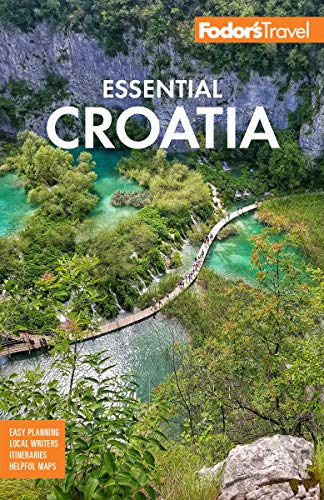As you approach the southern tip of Cres, you'll see the steep slopes of Osor?ica Mountain on nearby Lošinj. Sheltered by the Alps to the North and Velebit to the east, the favorable island climate prompted the creation of a health resort here in 1892.
Blink and you might miss the bridge that connects Cres to Lošinj, unless you happen to arrive when the span is raised to allow a ship through the narrow channel that splits the two islands. In fact, until Roman times the two islands were one, connected near Osor. Mother Nature's inconsiderate arrangement did much to frustrate trade ships; entire vessels would be hauled across the few feet of land that blocked the route here rather than sail around the southern tip of the archipelago. Eventually, some bright spark decided to cut the present-day channel, opening the shipping lanes. Lošinj is an elongated, low-lying island covered with a pine forest. Viewed from the hills of Cres, the slim green outline of the main island and its surrounding islets, with a backbone of hills in the middle, resembles a long frog splayed out in the water, basking in the sun and contrasting beautifully with the water. Lošinj's past and present are very much connected to the shipping industry. The sea captains who populated the towns of Veli and Mali Lošinj when the island reached its golden age in the 19th century are very much responsible for bringing exotic plant life here from around the world and for building the fine villas that have made this a colorful destination for vacationers, who contribute much more to the island's economy today. The smaller islands that make up the archipelago include Unije, Sušak, and Ilovik—all of which are large enough to provide some type of accommodation—and even smaller islands such as Vele and Male Srakane, Orjule, and Sveti Petar, which can be reached by tourist boats from the resorts on Lošinj.





